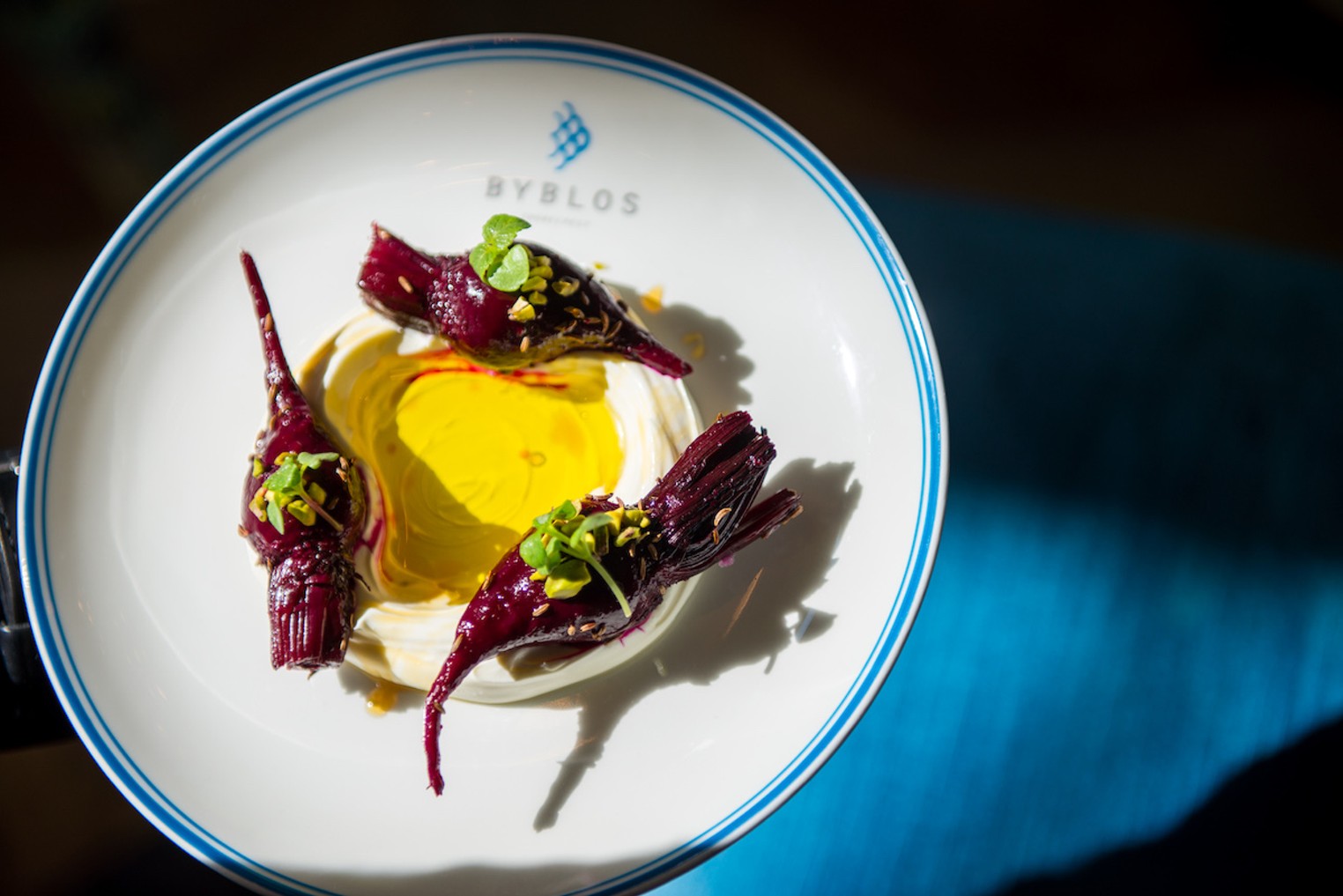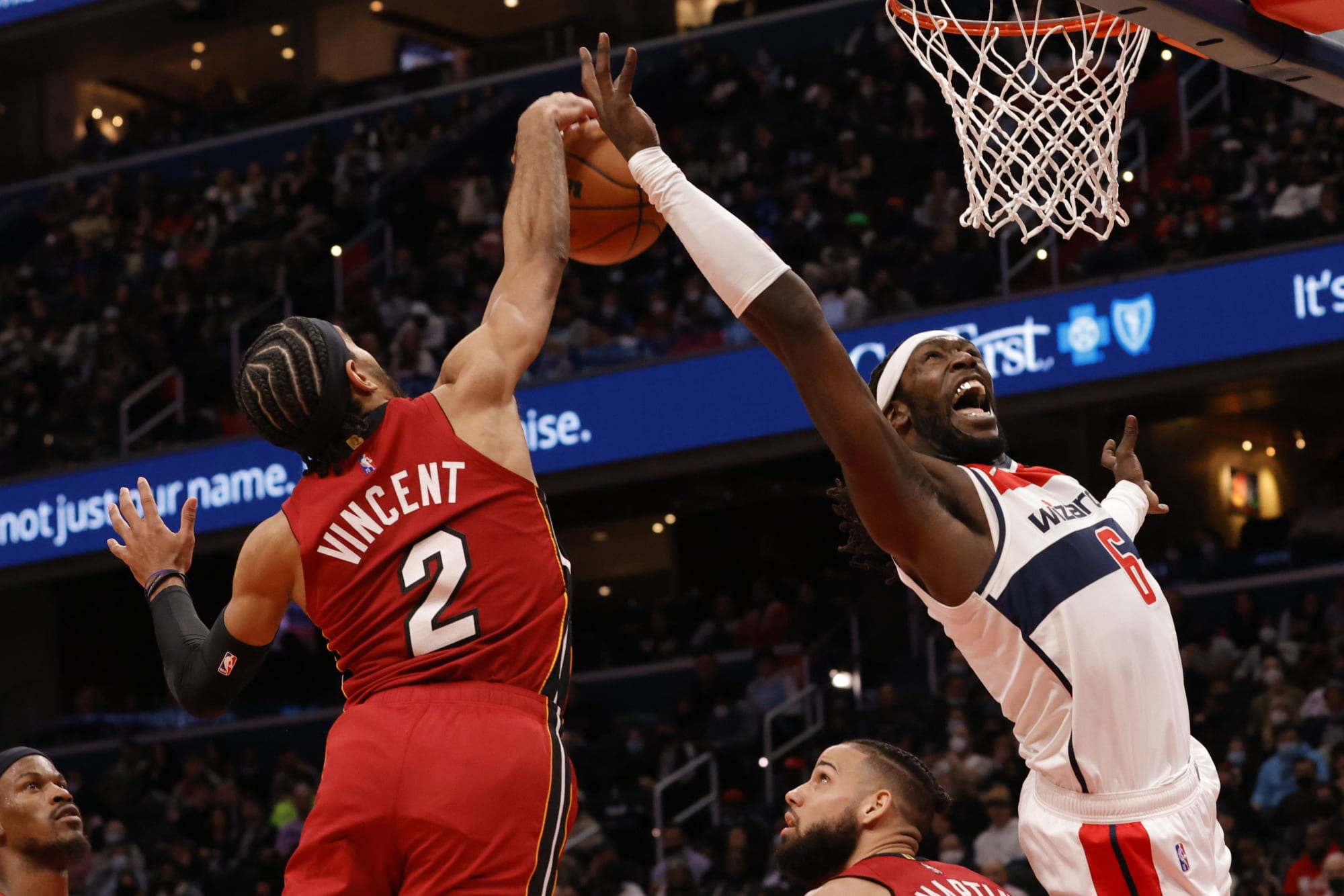How Miami Spice Became The City’s Most Influential Restaurant Promotion
In early July, the Greater Miami Convention & Visitors Bureau (GMCVB) announced the return of its highly anticipated Miami Spice Restaurant Months, its two-month-long hospitality industry promotion that’s all about savings.
The annual program is a celebratory time for Miamians, allowing locals a chance to dine at the area’s best restaurants for a reasonable price — this year $30 to $35 for lunch/brunch and $45 to $60 for dinner — at a time when the city’s hottest dining destinations are feeling the slow summer slump before the inevitable descent of seasonal crowds.
On Tuesday, August 1, Miami Spice Restaurant Months returns for its 21st year. That amounts to a two-month window during which diners can pick and choose among a plentiful selection of multi-course, prix-fixe menus at scores of the Magic City’s most popular restaurants — everything from authentic Mexican at Mayami and modern tapas at Korner67 to Balinese at Bâoli and French-Mediterranean at LPM Restaurant & Bar.
The still-growing list of nearly 300 participants (up 25 percent over 2022) includes Michelin-designated restaurants (elegant Design District mainstays Cote and Le Jardinier) while highlighting establishments across numerous neighborhoods and cuisine types.
GMCVB president and CEO David Whitaker attributes the program’s growth to the area’s thriving restaurant industry and a corresponding elevation of Miami’s profile on the world culinary stage.
“We believe Miami’s arrival as a global food destination is thanks to so many things, but hopefully Miami Spice, as well,” Whitaker tells New Times. “From the birth of the city’s first Michelin ratings to Bon Appétit naming Miami the culinary destination of 2023, I see this success as just part of all the hard work finally coming to fruition.”
It’s a substantial evolution from Miami Spice’s humble beginnings in 2002 as a program designed to bolster community engagement and support following the tragic events of September 11, 2001.
“It was truly a dark time for our country, but especially so for tourism,” Whitaker notes. “People weren’t flying, and as a result, people weren’t visiting Miami or staying in our hotels and dining at our restaurants.”
In mid-2001, Whitaker recalls GMCVB members gathering to brainstorm how to overcome the nationwide economic doldrums on a local level. He credits Miami tastemaker Steven Haas — the first from the restaurant sector to helm the GMCVB board — as the program’s creator.
“Think of him as the architect of Miami Spice, and the [GMCVB] organization the engineers,” Whitaker says of the local restaurateur and entrepreneur whose résumé includes stints as a partner at Soyka Restaurant and general manager of the Delano and Social at the Sagamore Hotel and the Forge in Miami Beach.
Indeed, the first Miami Spice was modeled after a small-scale restaurant week Haas had taken part in elsewhere, but the team was dedicated to creating a more ambitious take on the promotion.
The event debuted in August 2002 as Miami Spice Restaurant Month, during which restaurants were expected to offer a discount of at least 40 percent to entice locals and tourists into Miami-Dade County’s high-end establishments.
That first year, only 16 restaurants had reportedly signed on to participate as of early July, a number the GMCVB says eventually rose to about 50. (A handful of those still take part to this day, including Hakkasan Miami Beach, Two Chefs Restaurant, Fontana at the Biltmore, and the Capital Grille.
“Back then, the ‘best’ was defined as the city’s fanciest five-star restaurants, which at the time may have been intimidating or only considered special-occasion restaurants for many,” Whitaker notes. “Our hope was that these deals would demystify these places and create more regular patrons out of locals.”
It was no accident that Miami Spice was launched during the dog days of summer.
“When do restaurants need the help the most? August and September statistically prove to be the most challenging time of year for South Florida,” adds Whitaker. “After our first year, we were very proud to see we’d helped to flatten that seasonality curve.”
Byblos general manager Stephan Spinale, who has overseen the program’s participation since his restaurant’s second year participating in 2016, concurs.
“South Beach is very seasonal, and August and September is definitely the slowest time of year for us, so participation brings us a lot of local business from people in and around Miami we don’t usually get,” Spinale tells New Times.
Spinale adds that it’s important to continually tweak the experience to always offer something new,
“We started with the one app, one entrée, and one dessert like most restaurants offer, but over the years, we have expanded to include two apps, an entrée, a side dish, and a dessert, as well as an additional Spice-only wine bottle list and cocktails,” he says. “Our goal is to make sure they always get the full Byblos experience.”
Miami Spice was the MVCB’s first in-house program. The organization has since launched other initiatives, including Miami Spa Month, Miami Museum Months, Miami Attractions Month, and more.
Despite its inception as a response to the tragedy, Miami Spice continues to triumph in the face of numerous hardships, from the 2008 economic downturn and the 2020 coronavirus pandemic shutdowns to the rising food costs alongside inflation.
Although the cost of dinners, lunches, and brunches continues to rise — a 2002 Miami Spice prix-fixe lunch menu was $20, dinner $30 — the program still offers a great value, a key component of the promotion’s longevity.
According to restaurateur Danny Serfer, owner of Blue Collar and Mignonette, it’s essential for restaurants to offer deals that cover the entire menu, an establishment’s “greatest hits” in particular.
For years, Serfer says, he’s had an “anything goes” attitude with Blue Collar, offering the entire menu during Miami Spice. This year, for the first time, he did the same at Mignonette, allowing guests to choose among everything on the menu except caviar, king crab, jumbo lump crab, and oyster flights.
“That’s the whole point of Miami Spice. The spirit of the event is to offer guests a screaming deal, no upcharges,” Serfer tells New Times. “We do this as a gesture of appreciation for our customers and to earn trust with new guests. We see the value in that. Our hope is that they’ll come back when they want to splurge for a three-course meal that would normally cost twice as much.”
This year also brings a new signature dining experience, allowing restaurant owners to offer a five-course menu along with the standard three options. To date, 15 establishments have signed on for the option, including Eclectico Restaurant & Bar, Santorini by Georgios, Blind Tiger, Boulud Sud, Fiola, Oro, Tur Kitchen, Vinya Table, and Zeru Miami. (For the five-course menu, reservations are required.)
Another new wrinkle: catering menus.
At this rate, deciding “how” and “where” to Spice may soon be diners’ biggest challenge.
“Use our website to develop a game plan and attack neighborhoods to map out everything from new menu items to pricey dishes you’ve always wanted to try,” Whitaker suggests on that score. “The best thing about Spice is that it can help get you out of your comfort zone and into new neighborhoods. After all, there’s no better way to explore Miami than through food.”



